
Due to the effective bombardments of the Allied forces on infrastructure and war industry, Germany was forced to look for solutions to keep up with the demand of war equipment. They established smaller factories in the countryside which produced intermediate parts for the war industry. After production in these little workshops the parts were moved to the assembly areas , and the weapons of war kept coming from the factories.
Spreading out the production lines made it harder for the Allies to stop the German war machine by hitting it with a devastating bombardment on a single area. In addition to the divided production process, the relocation to the subsurface of the assembly plants, still vulnerable for the bombing raids, was inevitable. Excavated tunnels in mountainsides housed whole factories for the production and assembly of V1 and V2 bombs, jet engines or even whole aircraft, like the Messerschmitt Me 262 jet. This tactic paid off, because even though the German Armies were pushed back on all fronts and the Luftwaffe lost control of the sky, 1944 was Germany’s most productive year, with courtesy of Albert Speer.
New fabricating techniques and an increased demand for war machines asked for very large underground locations. Excavation of caves is a hellish and slow process, so this is why the engineers of “Organisation Todt” came up with a new solution. They created factories under enormous concrete arches above ground which they then buried under a thick layer of Earth. This completely camouflaged the production processes so they could continue undisturbed.
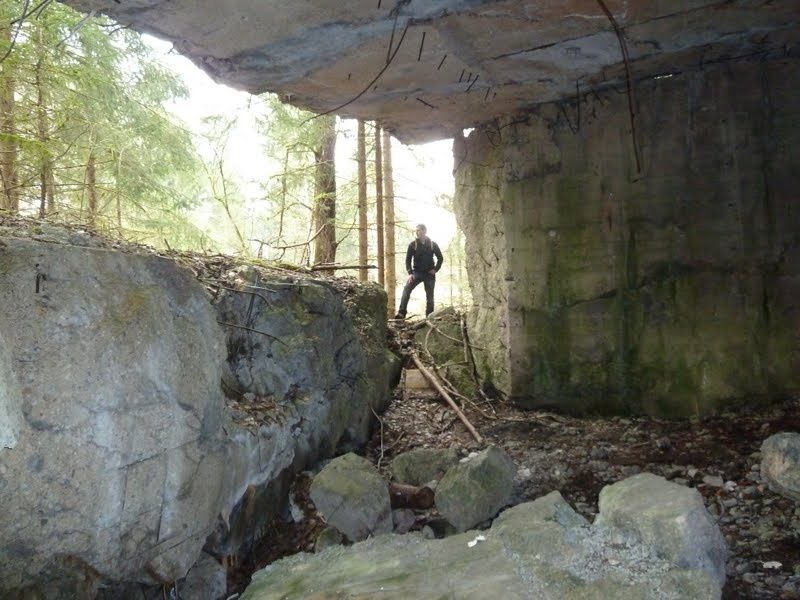

The construction of Weingut 1 – Me 262 factory
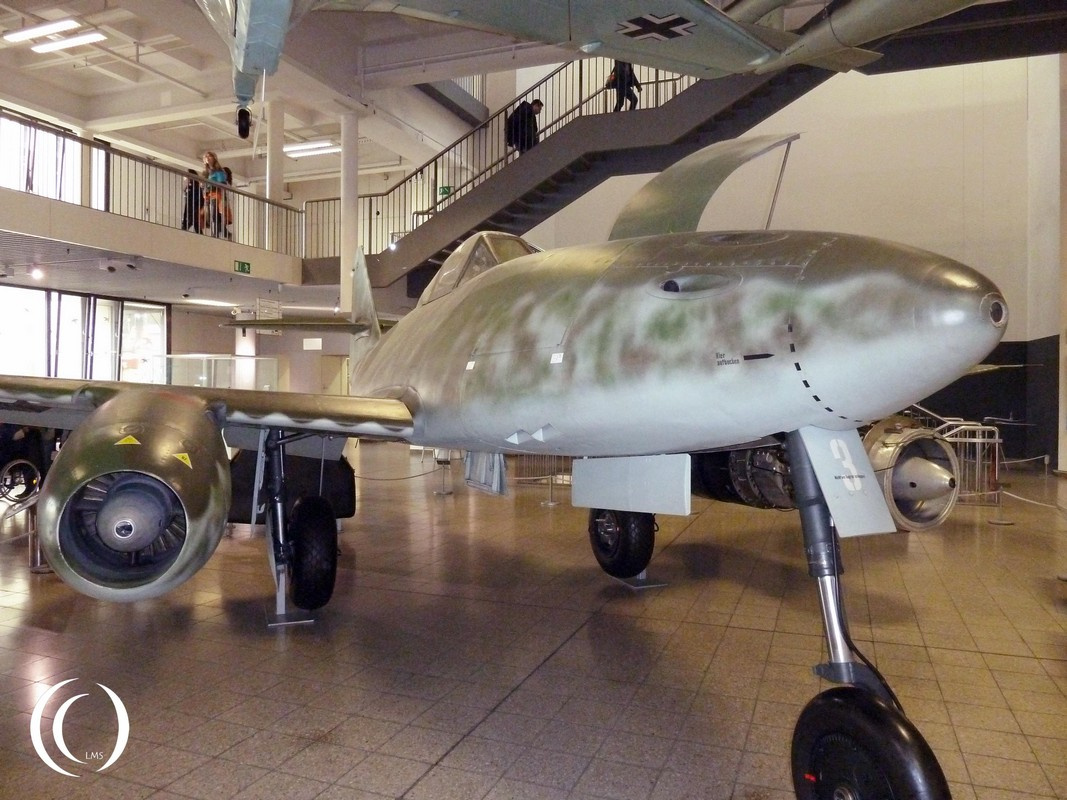
First the workers put up a huge hemisphere made out of gravel (dirt & pebbles). After this a layer of 2 meter thick reinforced concrete was poured in place on top of the gravel. Then the gravel was excavated from under the concrete, clearing it an extra “19 meters” deeper than ground level. This created a total height of 32 meters on the inside of the factory, enough for the production of Germany’s promising jet fighter; the Messerschmitt Me 262.
Forced labour
The workers came from Dachau Concentration Camp, and lived in camp in the surrounding forest. These forest camps consisted of small wooden huts, triangle shaped, with a small layer of earth for camouflage, naturally without heating or comfort.
The forced labourers worked 10 to 12 hours each day. It was hard labour, moving gravel, working the concrete, the concrete rebar etc. When workers fell ill or became too weak for the hard labour, they were transported to Auschwitz.
Many forced labourers didn’t survive the hardship. Only 3600 survivors of more than 8000 workers could tell the story after World War Two.
Scouting the forest towards the arches
You can find Weingut 1, or Vineyard 1, between the towns of Mühldorf am Inn and Ampfing in Germany. In these woods you will discover a construction site of a 400 meters long factory, 85 metres wide and 32 meters high.
Walking on a forest trail we ran into remnants of a guard house. Soon after we spotted a bunker, we almost walked into it. It’s concrete is well hidden and camouflaged by the vegetation.
It seems that it holds a freight car loading and unloading area inside the bunker next to some personnel areas. Right next to the bunker is a demarcated area or the remains of a building for storage of materials or equipment or something like that.


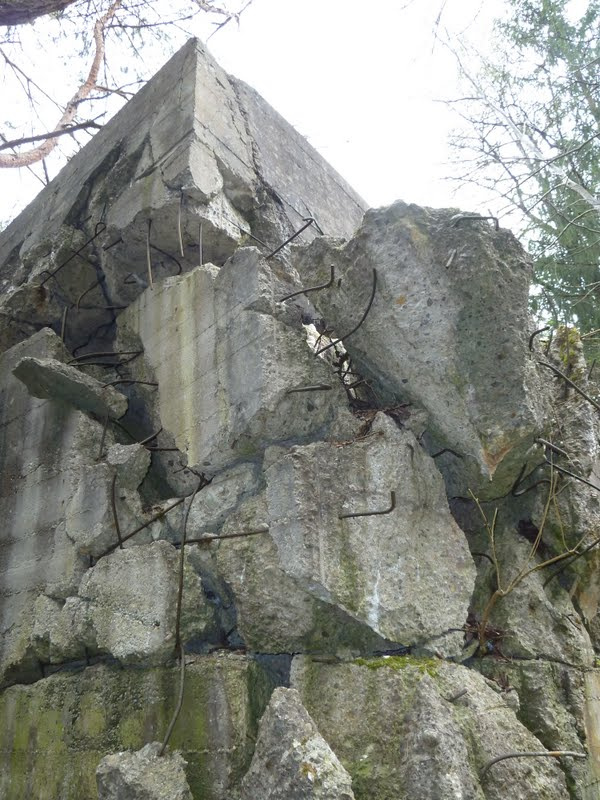

In the same wooded surroundings we spot multiple bunkers and workshop areas. To our surprise we found concrete half arches, lying beneath foliage and vegetation everywhere, maybe 2 – 3 meters high (6 – 9 feet).
These arches were placed against each other, on the inside of the construction area of the huge arches of the factory. And created their own “little arch” within the large one.
A railway line was built first. Then the “little” arches were placed over the railroad, buried under the gravel after that for the construction of the huge arches. This kept the tracks free of dirt. As the great arches of the factory were finished, the gravel could be removed from the bottom up, using a locomotive with wagons. The gravel was put to use on the arches yet to be built.
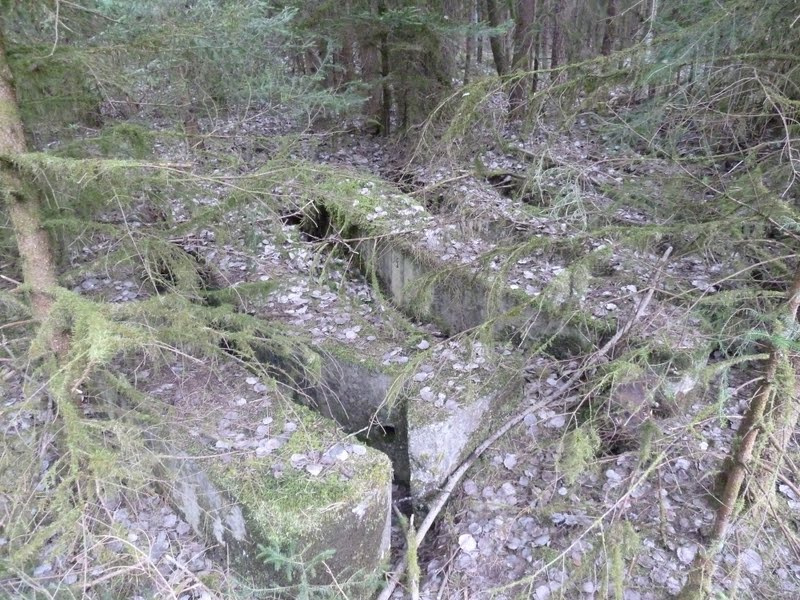

Everywhere we look we see concrete constructions, some seem like water basins, with water transport systems. You have to be careful in this area, for the pits in the concrete structures are hard to see under the dense vegetation. With some triple jump work we reached the other side for a few pictures.
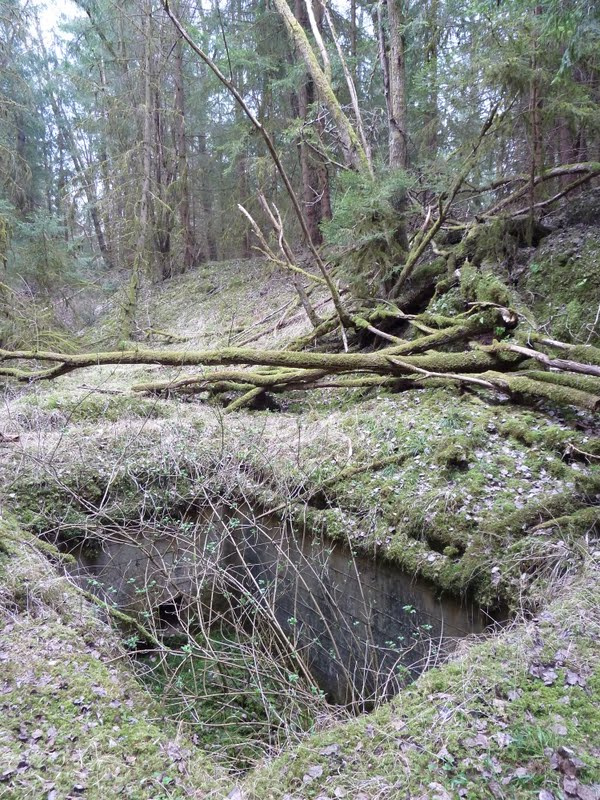



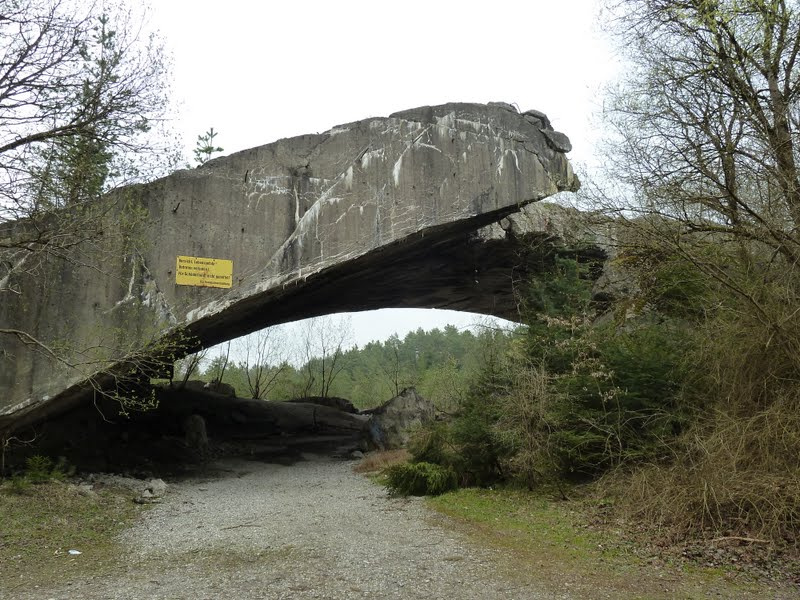

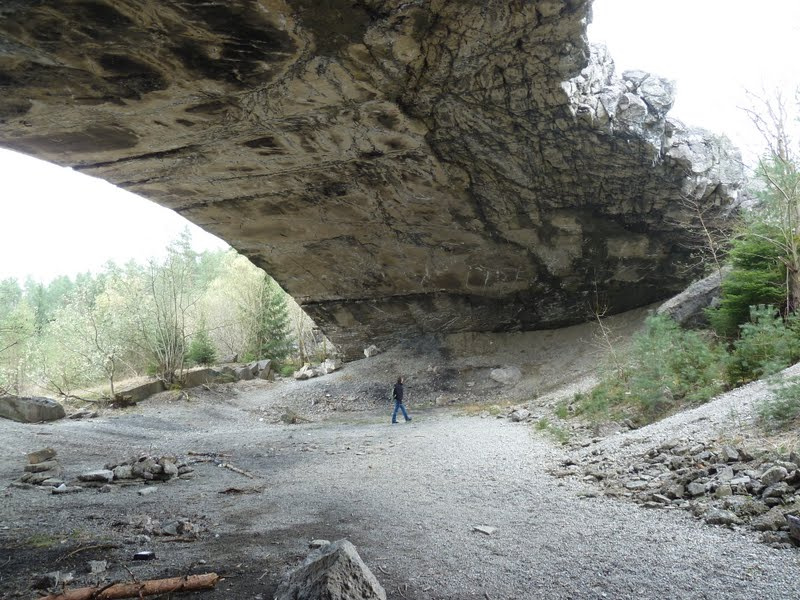
After strolling between all sorts of concrete structures we eventually reached the remaining arc of the Me262 factory. Through the trees we get a first glimpse of the factory. To give you an impression of the sheer size of the arch, Patrick, risking his own life, sacrificed himself and posed under the construction for a cool photograph… Notice the position of the photographer before feeling too much sympathy.
The destruction of Weingut 1
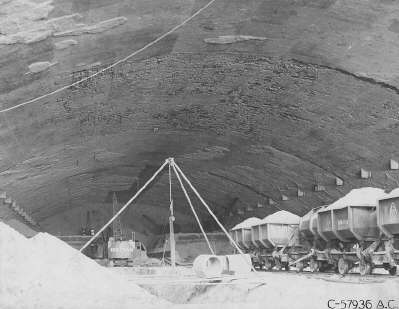
In 1945 the 47th tank battalion of the US 14th Armored Division discovered the construction site. They were utterly amazed by the enormous size of the construction. They found the site unfinished with the huge construction cranes still in place and the removal of the gravel from under the arches had already started. Organisation Todt had managed to complete seven arches upon discovery.
In 1947, after studying the project they decided to destroy the construction with explosives. Only one of the seven constructed arches survived the blast and still stands as a silent witness of this place full of suffering. Remnants of the arches cover the forest floor with thick slabs of concrete.
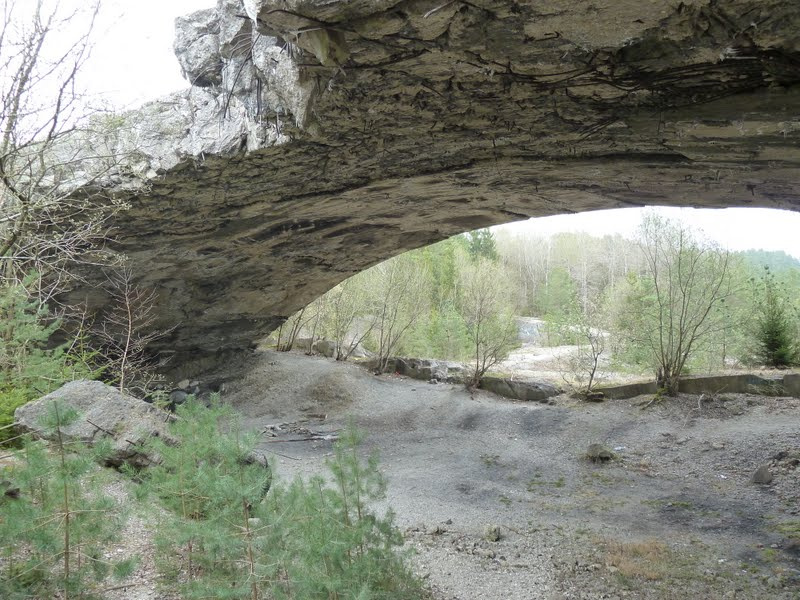

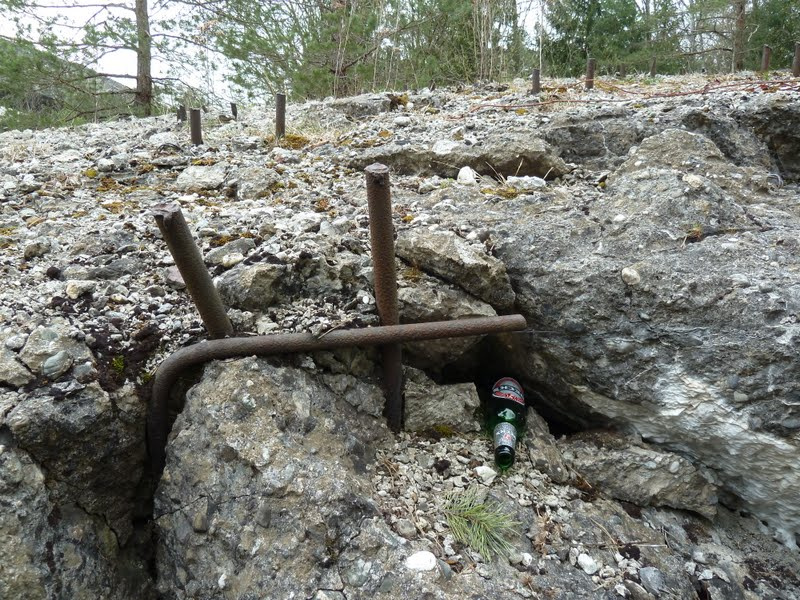



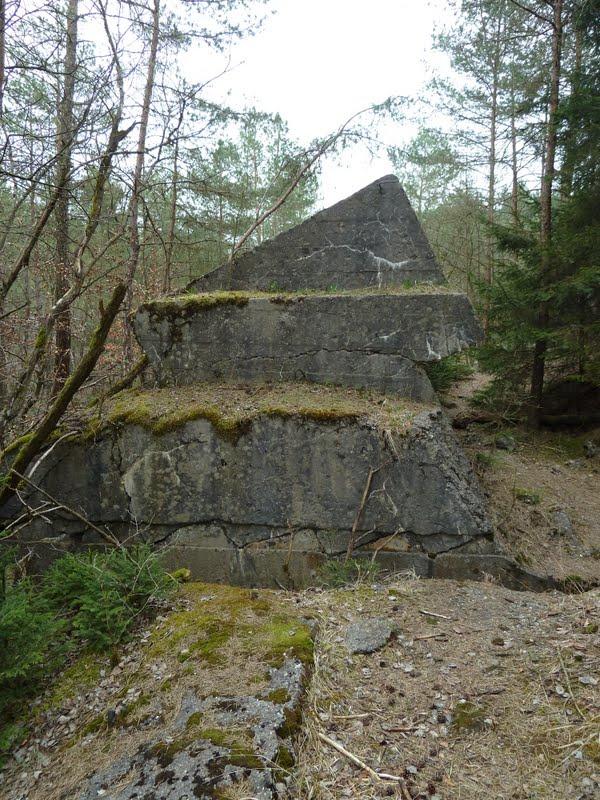


Visit Weingut 1 Mühldorfer Hart, Germany
This is an outdoor location and therefore it’s never closed. But it’s highly recommended to use daylight when visiting the site, avoid twilight and preferably visit in dry weather. The concrete, with its smooth surface, becomes very slippery in the rain. Lots of extended pieces of concrete iron make you tumble easily and fall really nasty. The many crevices and holes between the concrete blocks make you want to pay attention to your footing, for this you’ll need dry weather and daylight and shoes with a rough profile (don’t try your leather wedding shoes). Climbing utilities are not necessary, just use common sense and stay alert.
Further to the south the forest holds the remnants of the “waldlager” (forest camp), a memorial of a mass grave and there is also a memorial in the town of Mühldorf am Inn. We didn’t visit the other objects, no information here for you, we moved on to Nuremberg.

my polish father zbigniew lewandowski spent time at muhldorf in 1945